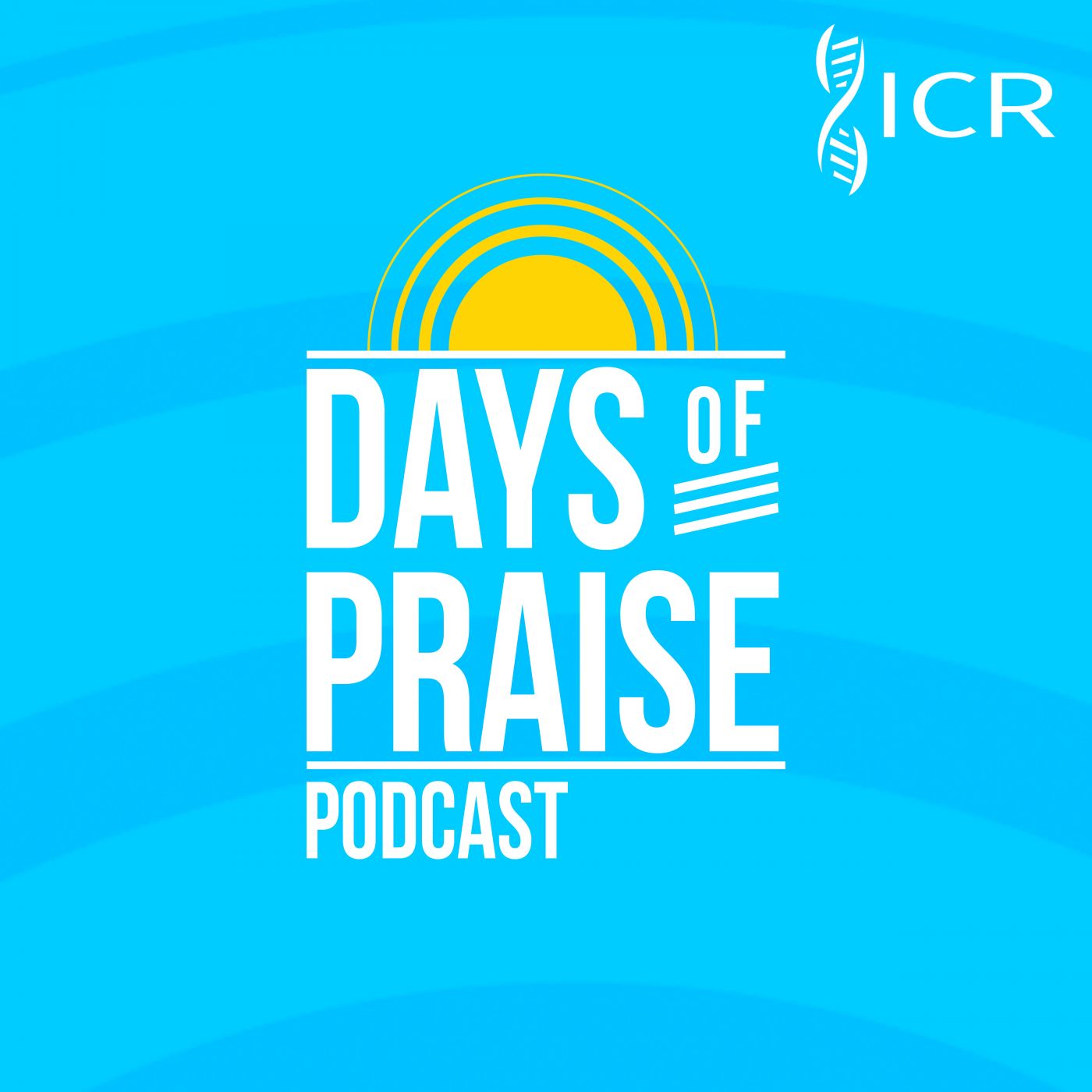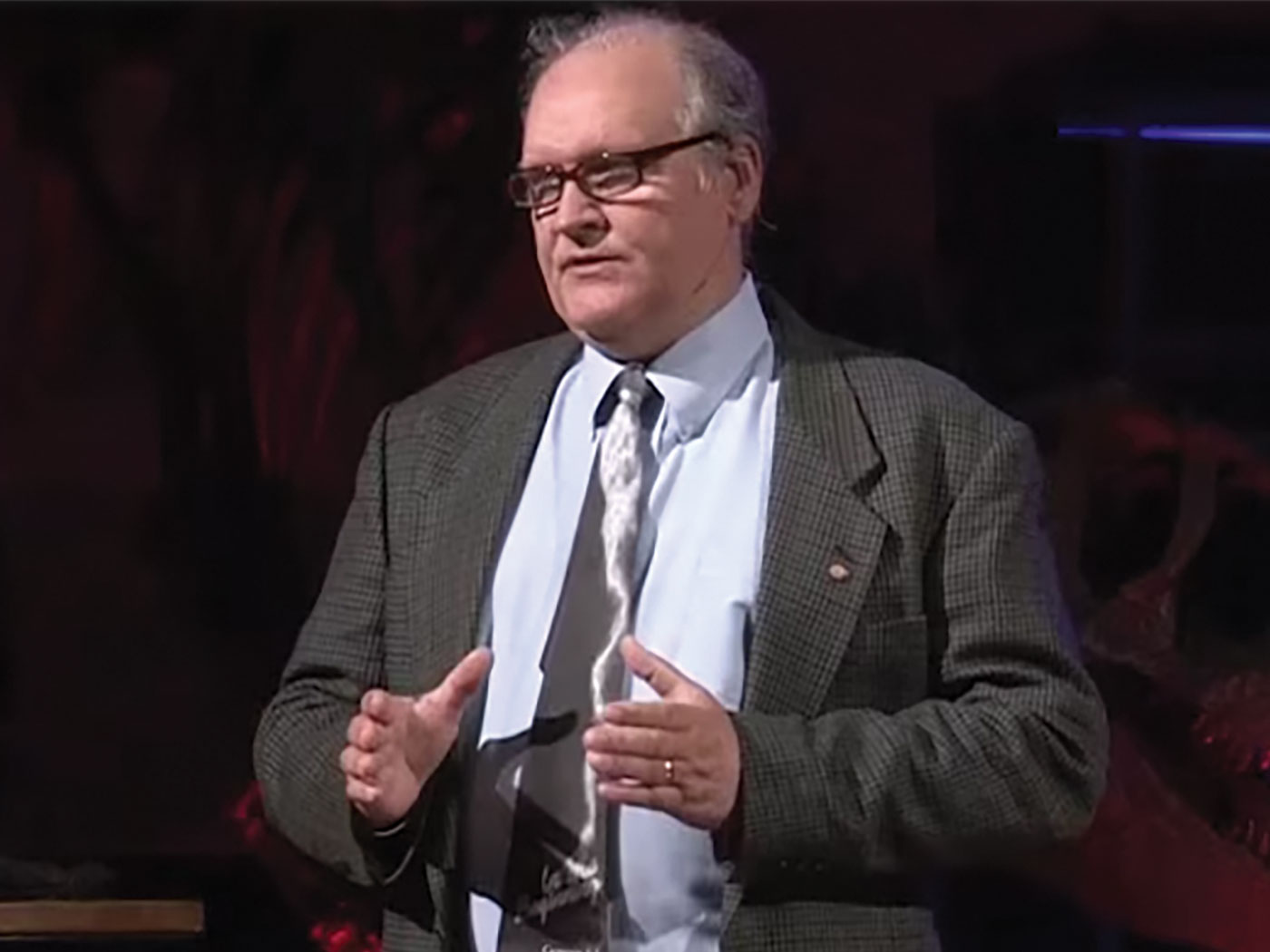“And Enoch also, the seventh from Adam, prophesied of these, saying, Behold, the Lord cometh with ten thousands of his saints.” (Jude 1:14)
There are two Enochs in the First Age of the world. One is a son of Cain (Genesis 4:17), and the other is a seventh-generation descendant of Adam through his son Seth (Genesis 5). Jude makes very clear which one he means. Luke references Enoch in his genealogy of the Lord Jesus (Luke 3:37), also indicating that this Enoch is important to remember.
Enoch was the father of Methuselah, who was the grandfather of Noah. Although the Bible does not mention it, several of the early church scholars allude to a Book of Enoch and cite passages from it about the awful days before the world was destroyed by the great Flood.
Perhaps the most startling fact recorded about Enoch is that he “was translated that he should not see death; and was not found, because God had translated him: for before his translation he had this testimony, that he pleased God” (Hebrews 11:5). There is not much biblical data to study about Enoch. The Genesis record simply notes, “And all the days of Enoch were three hundred sixty and five years: And Enoch walked with God: and he was not; for God took him” (Genesis 5:23-24).
Enoch’s “walk with God” and the lifestyle that “pleased God” are the apparent motives for Jude’s short reference. Jude announces (under the inspiration of the Holy Spirit) that Enoch preached about the second coming of Christ! That is remarkable. Before the Bible was written, before the first world was destroyed for its universal evil, before the promise of “the seed” to Abraham and the centuries of God’s preparation for the Messiah, Enoch was proclaiming that Jesus would come—again! HMM III

Days of Praise Podcast is a podcast based on the Institute for Creation Research quarterly print devotional, Days of Praise. Start your day with devotional readings written by Dr. Henry Morris, Dr. Henry Morris III, Dr. John Morris, and others to strengthen and encourage you in your Christian faith.

























